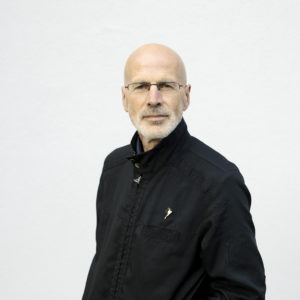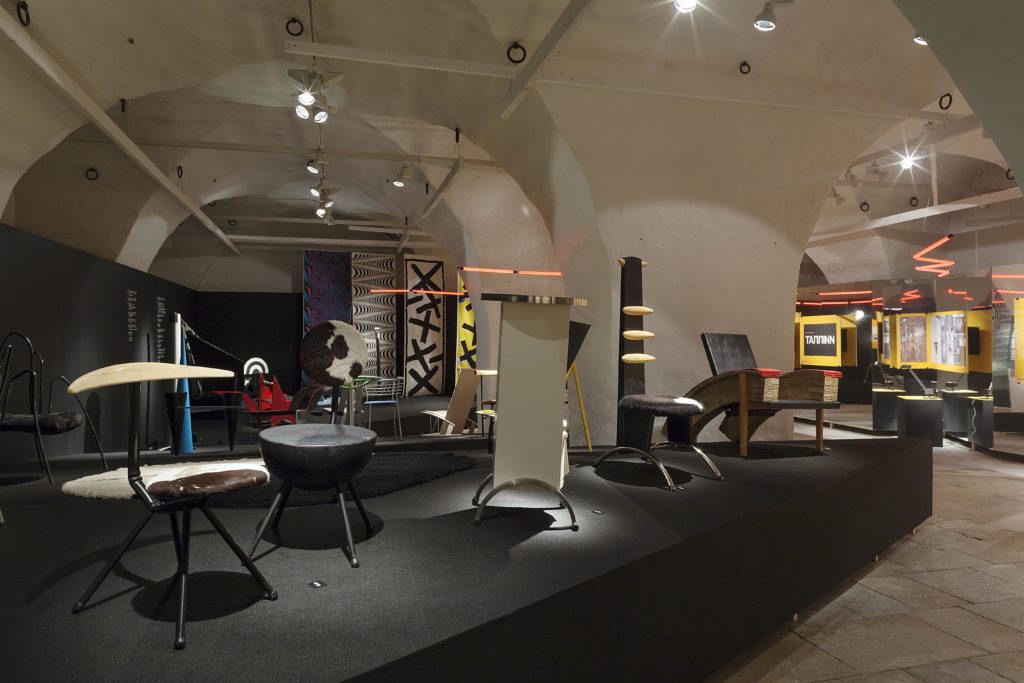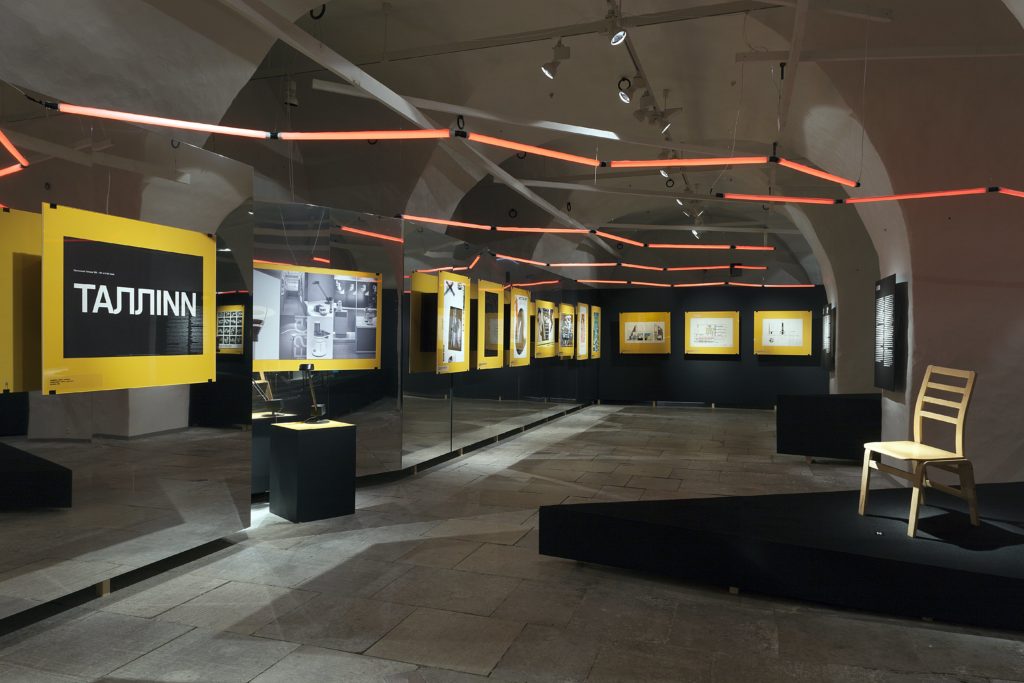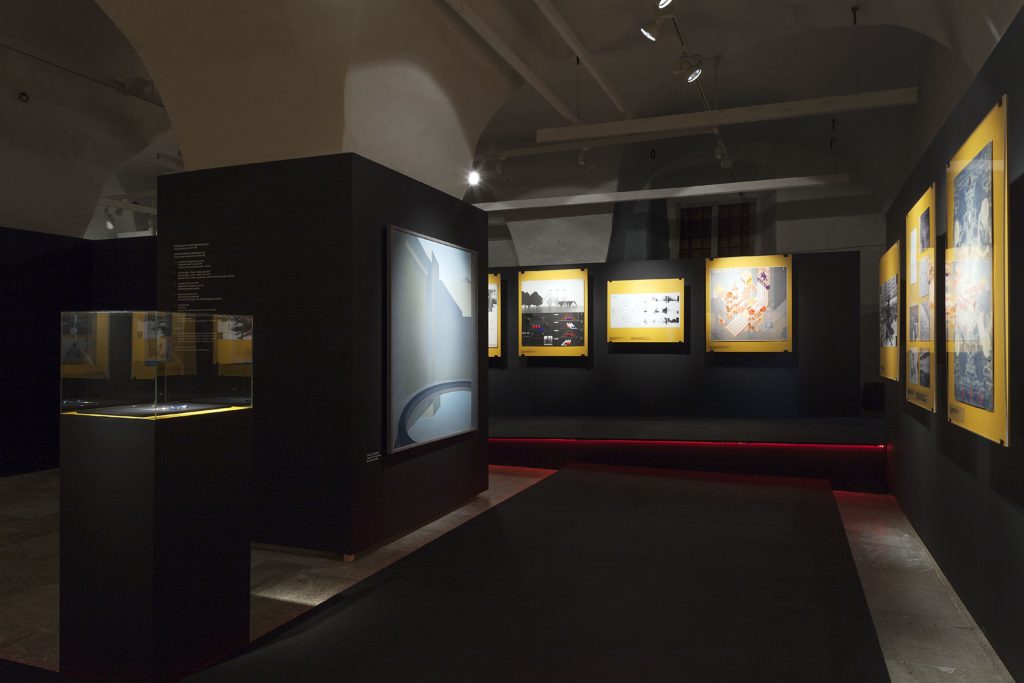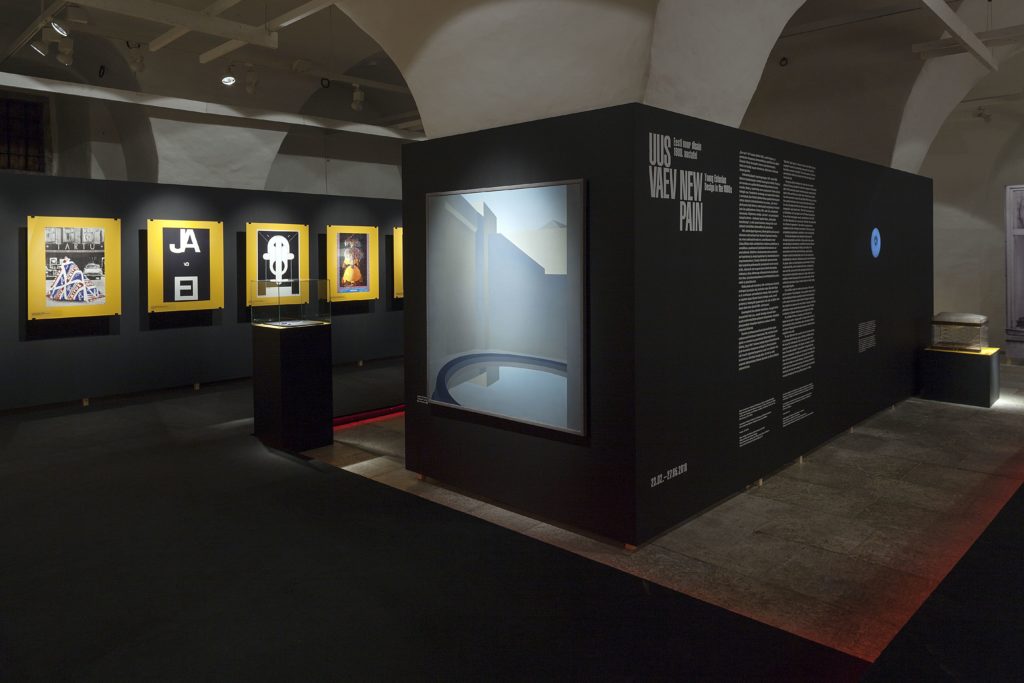We’ve been living in a postmodern cultural situation for several decades now. What was intriguing in the case of “New Pain” was precisely the refracting or breaking of the modernism paradigm, which was expressed in a restlessness seen in the work of those engaged in Estonian design, interior architecture and architecture, sometimes a sense of being out of control. Certainly, addressing that paradigm shift meant a major challenge, but it is important to deal with the recent history; it helps make better sense of the current cultural situation.
Carl-Dag Lige, architecture critic
THE BOOK PROVIDES AN OVERVIEW of the processes and changes that took place in Estonian design in the 1980s, focusing on the young generation that was just starting out on their creative careers. The period has seen little study in design history, and I was able to get in-depth with the details. If not now, when – besides the archives, I also relied on the direct sources – the designers who were active back then.
I WAS INTERESTED in the transition time that led from one political system to another. The environment came to the forefront in my research as a keyword that united the generations. I also took part myself in exhibitions in the 1980s as a young designer, and I was there for a number of events and formations of groups. In the same manner, from the position of a person who was there, Silver Vahtre contributed to the book, writing about the Linnakujundusgrupp and young poster artists. As this was a compilation, it also includes analysis from art historians Kai Lobjakas and Triin Ojari and two outside perspectives: Finnish design journalist Iris Helkama and Lithuanian design historian Karolina Jakaitė.
With a focus on interior architecture, the research tries to also capture what happened at the same time in design-related fields.
AS A KEY OUTPUT OF THE SIX-YEAR PROCESS OF WRITING THE BOOK, there was also an exhibition held at the Estonian Museum of Applied Art and Design. As a curator I wanted the division of the exhibit into two different rooms to reflect the rise of the new wave in 1986. In the room introducing the beginning of the decade, a distinct feature comprised ideas from young designers which due to the times could be executed in the artistic realm predominantly through a staged environment in images and posters. In the other room, the predominant trends were furniture design and poster design that amplified its reform-minded ambitions. We found many exhibits in museums, but a large part of the prints and posters came from private collections. Work and projects that existed only as reproductions were also displayed.
I WANTED the exhibition and book designers to come from the young generation of today. So that a different sort of perspective would unfold from their retrospective interpretation of the interior architecture style, graphics and colour and light of the 1980s. As a curator and compiler, such cross-generational cooperation left an extremely positive impression on me.
Jüri Kermik
Ruumipilt 2018

































































































































































































